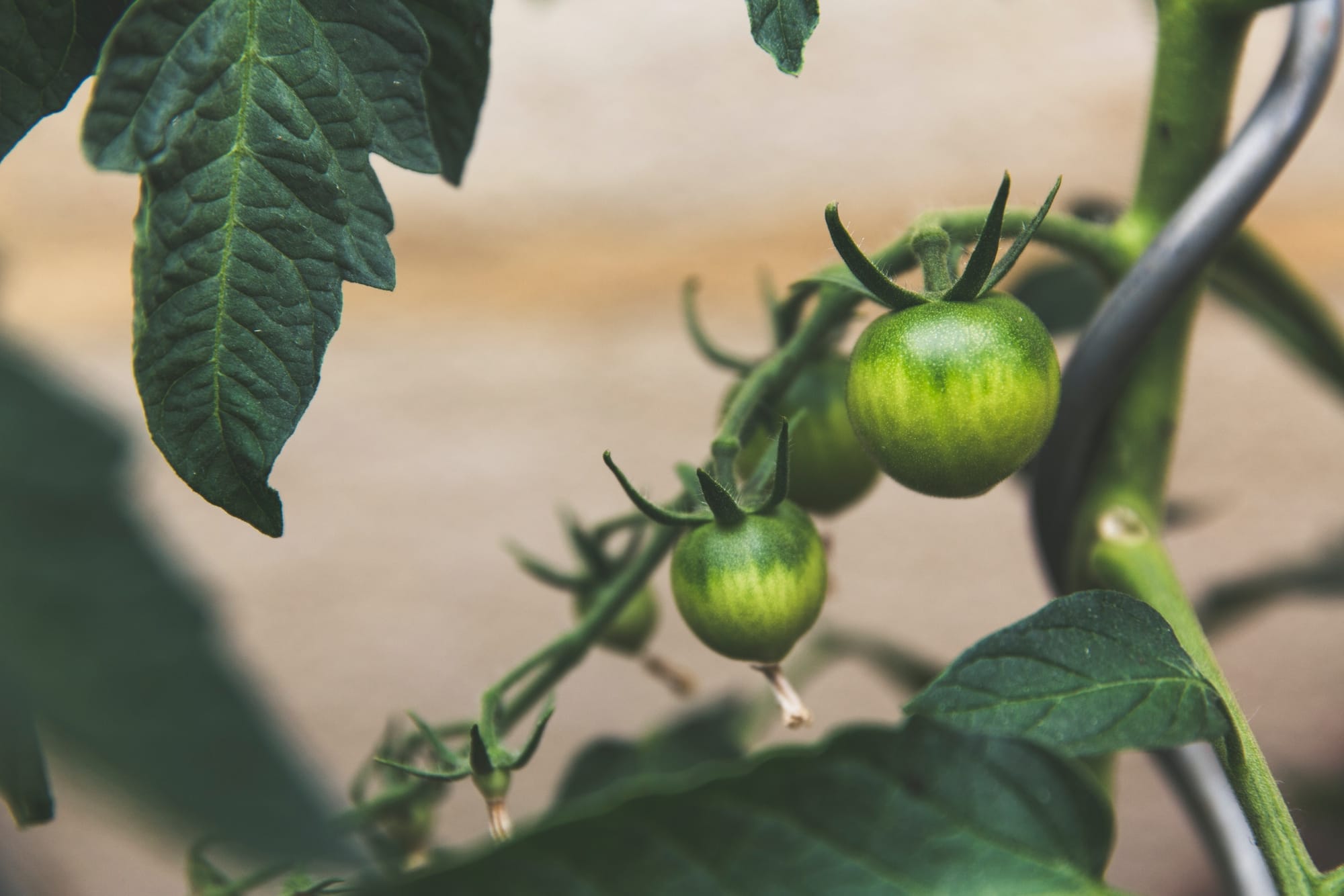Improved Efficiency in Harvesting

Revolutionizing Agriculture: Maximizing Efficiency in Harvesting
The agricultural sector is experiencing a significant shift as improved efficiency in harvesting has become a primary focus for farmers and agricultural businesses worldwide. Implementing advanced technologies and innovative practices, the industry is poised to meet the growing food demands of a burgeoning global population while also addressing sustainability concerns. The core of this transformation lies in the integration of precision agriculture, automation, and data analytics into traditional harvesting processes, reducing waste, labor costs, and the time taken to harvest crops.
The Role of Precision Agriculture
At the forefront of harvesting efficiency is precision agriculture, a farm management concept centered around observing, measuring, and responding to inter and intra-field variability in crops. With the enhanced ability to monitor crop health, growth patterns, and soil conditions, farmers can optimize their harvesting schedules and approaches to ensure that crops are picked at their peak. Precision agriculture utilizes various tools such as GPS technology, drone imagery, and satellites to gather detailed data that inform decisions like the precise timing and method of harvest.
Automation and Robotics in Harvester Machines
Advancements in automation have introduced sophisticated harvester machines that are able to work faster and more accurately than human laborers. These automated systems range from self-driving tractors to robotic picking arms, streamlining the harvesting process while also tackling the challenges of labor shortages. These machines can operate around the clock and in a variety of weather conditions, ensuring the harvesting process is not delayed and crops are not left to deteriorate in the field.
Data Analytics and Real-Time Monitoring
Data analytics is transforming the harvesting process by converting vast amounts of data into actionable insights. Sensors on harvesters can send real-time information about crop yields, equipment performance, and field conditions to farmers. By leveraging this data, adjustments can be made on-the-fly to optimize the harvest. Predictive analytics can also aid farmers in anticipating and mitigating potential issues before they impact yield.
Innovative Harvesting Techniques and Equipment
Along with automation, innovative harvesting techniques and equipment designs have emerged to cater to the specific needs of different crops. For example, selective harvesting machines are capable of picking ripe produce while leaving unripe fruit on the plant. This reduces waste and ensures higher quality produce reaches the market. Other equipment advancements include gentler handling systems to minimize damage to delicate fruits and vegetables, further enhancing the quality and shelf-life of harvested goods.
Training and Skilled Labor
While automation plays a pivotal role, the importance of skilled labor cannot be disregarded. Trained professionals are essential for the maintenance of high-tech equipment and the interpretation of complex data sets. Investing in education and training for agricultural workers ensures that human expertise continues to complement technological advancements, leading to a harmonious and productive harvesting process.
Addressing Environmental Concerns
Improved efficiency in harvesting also means a more sustainable agricultural practice. Technologies like precision agriculture help minimize the waste of resources such as water, fertilizers, and pesticides by applying them only where necessary. Meanwhile, the data gathered during the harvesting can provide insights into sustainable farming practices that maintain or increase crop yields without degrading soil health and biodiversity.
Challenges and Considerations
Despite the clear benefits, there are challenges to achieving improved efficiency in harvesting. High initial investments in technology and infrastructure can be a barrier for small-scale farmers. Moreover, there are concerns regarding the impact of automation on agricultural employment. Still, the long-term savings, increased productivity, and sustainability gains hold immense potential for transforming the global food production system.
Future Prospects
The future of harvesting efficiency looks promising as breakthroughs in biotechnology, AI, and machine learning continue to emerge. These advances are set to further refine the precision and efficiency of harvest operations. As the sector evolves, continuous research and development are key to ensuring that the solutions are scalable and accessible to farmers of all sizes, worldwide.
Conclusion
Improving harvesting efficiency is essential for the future of agriculture. By employing precision agriculture, automation, data analytics, and innovative harvesting techniques, the industry is on the cusp of a new agricultural revolution. Although challenges remain, the continued adoption of these technologies will likely usher in an era of unprecedented productivity, sustainability, and profitability in farming. As efficiency continues to improve, the goal is not just to meet the needs of the present but to secure a stable and thriving agricultural landscape for future generations.